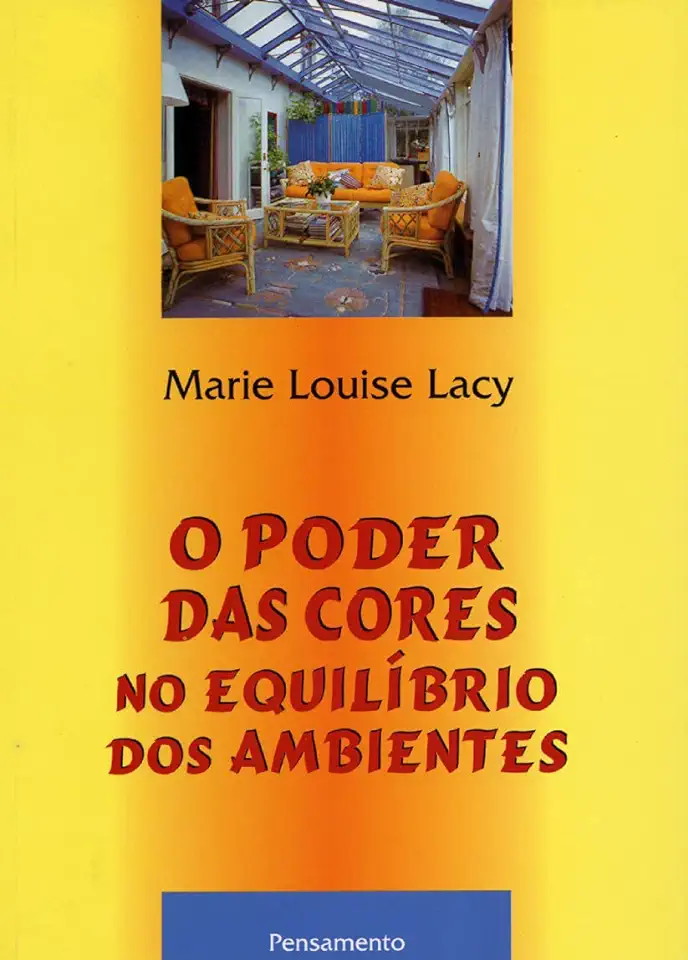
The Power of Colors in Balancing Environments - Marie Louise Lacy
The Power of Colors in Balancing Environments: A Guide to Using Color to Create Harmony and Well-being
Introduction
In her groundbreaking book, "The Power of Colors in Balancing Environments," Marie Louise Lacy reveals the profound impact that colors can have on our physical, mental, and emotional well-being. Drawing on cutting-edge research and her own extensive experience as a color consultant, Lacy provides a comprehensive guide to using color to create harmonious and supportive environments in our homes, workplaces, and communities.
The Science of Color
Lacy begins by exploring the science of color, explaining how different colors affect our brains and bodies. She discusses the electromagnetic spectrum, the visible spectrum, and the psychology of color, providing a solid foundation for understanding how colors work and how they can be used to create desired effects.
Color and the Environment
Lacy then delves into the practical applications of color in our environments. She provides detailed guidance on choosing colors for walls, floors, furniture, and accessories, taking into account factors such as the size and shape of the space, the amount of natural light, and the desired mood or atmosphere. She also explores the use of color in landscaping, lighting, and interior design, showing how colors can be used to create a sense of balance, harmony, and flow.
Color and Health
Lacy devotes a significant portion of her book to the relationship between color and health. She presents compelling evidence that colors can have a profound impact on our physical and mental well-being, influencing everything from our sleep patterns to our immune systems. She provides practical tips for using color to promote relaxation, reduce stress, improve mood, and enhance overall health.
Color and the Workplace
Lacy also explores the role of color in the workplace, demonstrating how colors can be used to create productive, inspiring, and harmonious work environments. She provides specific recommendations for choosing colors for offices, conference rooms, and other workspaces, taking into account factors such as the type of work being done, the personalities of the employees, and the desired company culture.
Color and Community
Lacy concludes her book by discussing the importance of color in our communities. She shows how colors can be used to create a sense of place, foster social interaction, and promote community pride. She provides examples of successful color-based community projects from around the world, demonstrating the transformative power of color in shaping our built environment.
Conclusion
"The Power of Colors in Balancing Environments" is a must-read for anyone interested in creating harmonious and supportive environments through the use of color. Marie Louise Lacy's comprehensive guide provides a wealth of practical information and inspiration, making it an invaluable resource for architects, designers, homeowners, and anyone else who wants to harness the power of color to improve their lives and the world around them.